

With detailed design work now nearing the final stages, the first tenders are set to be announced shortly on what is billed as one of the largest waterfront developments in the world.
Dubai Waterfront, a multi-billion-dollar engineering marvel, being built on the last remaining waterfront in Dubai is designed to be the most-sought-after city area in the world, offering a state-of-the-art transportation system and a cosmopolitan lifestyle, all packaged within a beautiful landscape. The project is being spearheaded by The Dubai WaterFront Company and Nakheel, which is also developing four other ongoing man-made island projects costing a combined $14 billion.
Covering an area of 81 million sq m – larger than Manhattan – the project is located just 35 km southwest of Dubai, sheltering The Palm, Jebel Ali and will feature a balanced mix of residential, retail, commercial and industrial offerings within 250 masterplanned communities, in addition to common areas which will be reserved for education, cultural, health and recreational facilities.
At the heart of this gigantic development will be the Madinat Al Arab, the centerpiece of which will be the Al Burj – set to be one of the tallest buildings in the world.
“Destined to become an international icon and the most prominent jewel in Dubai’s varying architectural landscape, Dubai Waterfront will be a city in itself, which will ultimately house a population between 500,000 to 750,000,” says Khaled Al Huraimel, general manager, Madinat Al Arab.
Dubai Waterfront’s masterplan has been completed by internationally renowned architectural and planning firm Gruzen Samton, which continues to play a major role in the ongoing development of New York City, he says.
Evolved following months of strategic planning and a meticulous preparation process, it includes a detailed plan of Phase I of Madinat Al Arab featuring development control and design regulations. Affection plans have also been provided for each investor, detailing a map of their land plot and usage, its size and location, as well as height restrictions and built-up area specifications.
“The efficient and sophisticated planning stage was accomplished because of the comprehensive team of architects and engineers as well as traffic, transportation and marine consultants that worked closely and intensively on the master plan. The Dubai Waterfront team worked closely with Gruzen Samton,” he adds.
Madinat Al Arab, one of the main nucleuses of the development, occupies the majority of the sea-facing land and is set to create a quality of sophisticated lifestyle unmatched in the world, Huraimel says. It is designed to be the central business hub and downtown area and will be anchored by Al Burj, which embodies the ambition, vision and magnitude of the development.
“Heavily influenced by water, with a canal flowing through it and a major harbour and marina, Madinat Al Arab will feature resorts, retail, commercial spaces, public spaces, a broad mix of residences and an integrated transport system including light rail and a sophisticated road network,” Huraimel mentions.
Situated around a large harbour and marina and with a picturesque canal flowing through the area, Madinat Al Arab will be a new centre of culture, entertainment, education and business. The development has also taken into account the planned metro link-up.
The masterplan also suggests the inclusion of a free zone within the Dubai Waterfront with regulatory arrangements similar to those that are currently in place with existing free zones in Dubai.
Given its enormous scale, Dubai Waterfront is divided into several distinct mixed-use zones including high and low rise residential, multi-use commercial zones, luxury resort plots and expansive retail and amenity areas.
“Dubai Waterfront plans to be a self-sustainable city which has been chalked out right from the design stages to provide the best facilities people expect of a world-class destination,” Huraimel adds.
Strategically positioned between Dubai and Abu Dhabi – with direct access to Dubai’s Sheikh Zayed Road, the Jebel Ali Free Zone and port, and the new Jebel Ali International Airport – the project’s location ensures it is easily accessible on a local, regional and international basis.
Dubai Waterfront forms the first phase of a larger effort – the 75-km Arabian Canal and serves as primary entrance to it.
The project will be divided into a number of smaller packages and work on these will commence once the detailed design is completed.
“The first works to be announced shortly relate to the construction of basic infrastructure within the environs. Tenders will be invited from prospective companies that will carry out the works,” he explains.
“Dubai WaterFront and Nakheel have already assembled a team of highly reputable and experienced consultants, architects, engineers and city planners to assess every aspect of the project and layout foundations for the smooth execution of the project. There will be a number of contractors involved on the Dubai Waterfront since we are building an entire city. At the moment none of the contractors has been announced but development is due to start with the announcement of an international tender shortly,” he adds.
It is estimated that Dubai Waterfront will be developed over the next 10 years, and the primary infrastructure will take five years.
Madinat Al Arab will be developed over the next six years in stages, with each phase being independently viable, and providing a balance of mixed-use property development. There are some 150 to 200 planned hotel plots, which can be merged into larger resorts.
Special attention has been given to the quality of life at the development through planned roads and other amenities that will measure up to the demands of the rising population.
“The master plan of the project makes provision for 600 km of roads – which is further than the distance of Dubai to Bahrain (481 km). In addition, the project will involve the development of 5 sq km of natural coral reef – the third largest in the Middle East, which is equivalent to 1,000 football pitches – and 850 km of new waterfront edge, which is equivalent to 12 times Dubai’s existing coastline (excluding The Palm, Jumeirah).
“The project clearly stands out as a leader in providing a premier residential and retail space, and will create a destination never before seen in Dubai or the world,” he emphasises.
“The exceptional sales of Phase One, which sold out last July for Dh13 billion ($3.5 billion) within just five days of its unveiling, highlights the interest this project has generated. This success was followed with the 48-hour sell-out of select portions of Madinat Al Arab’s beach district last December, he concludes.







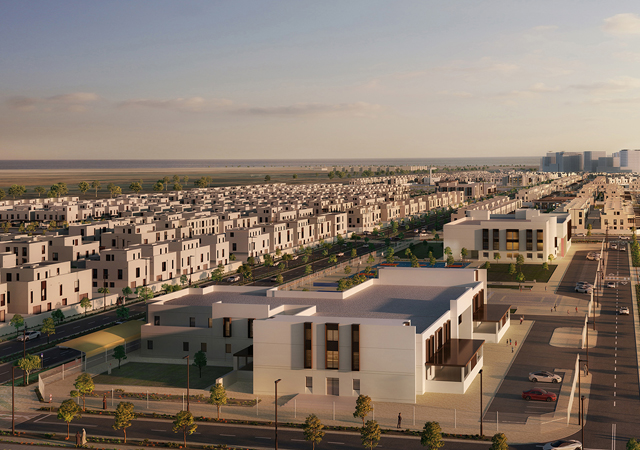

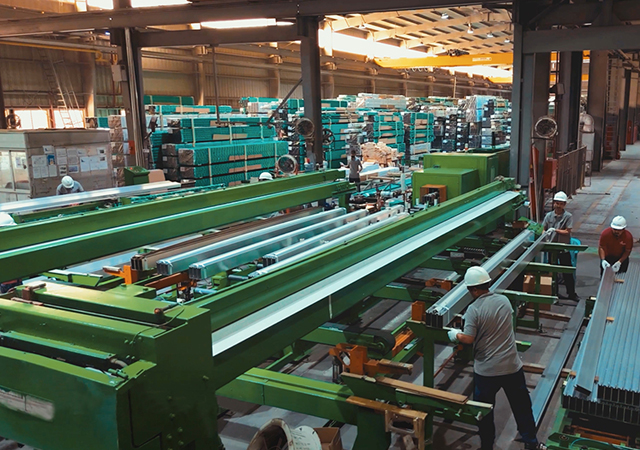



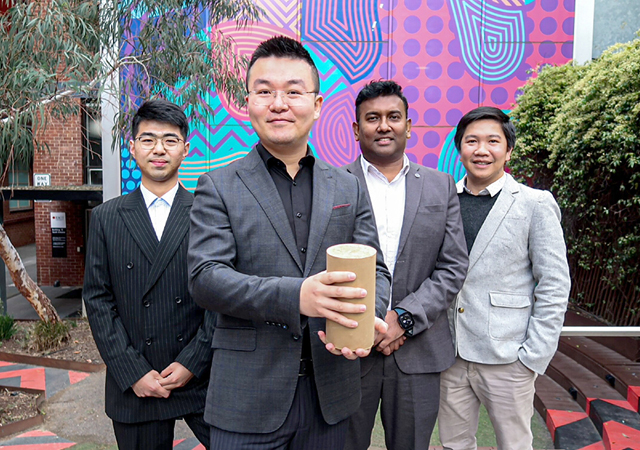



.jpg)


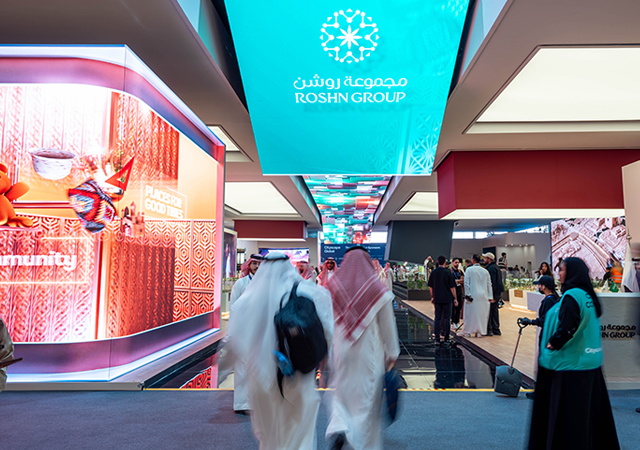








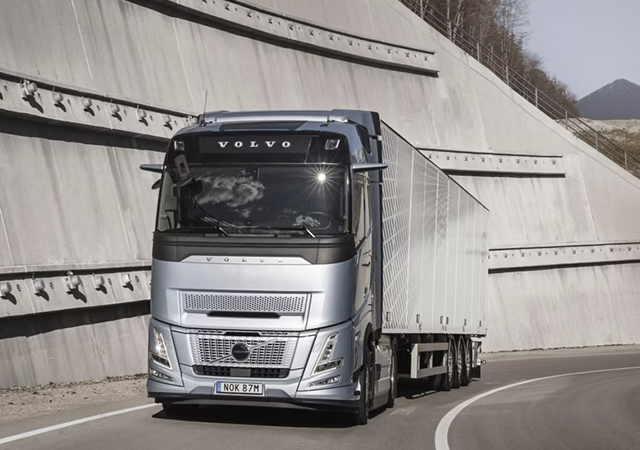

 (1).jpg)








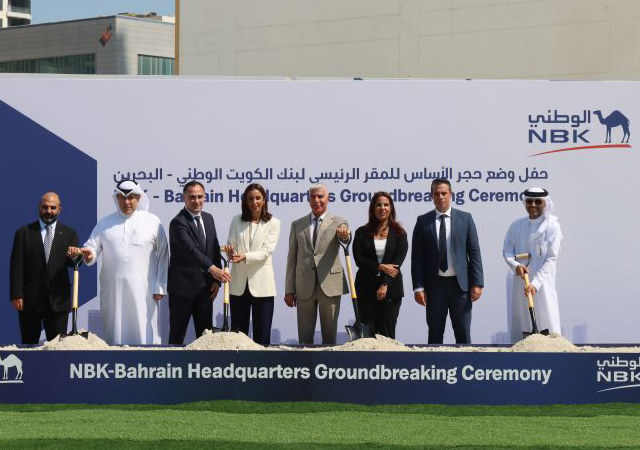




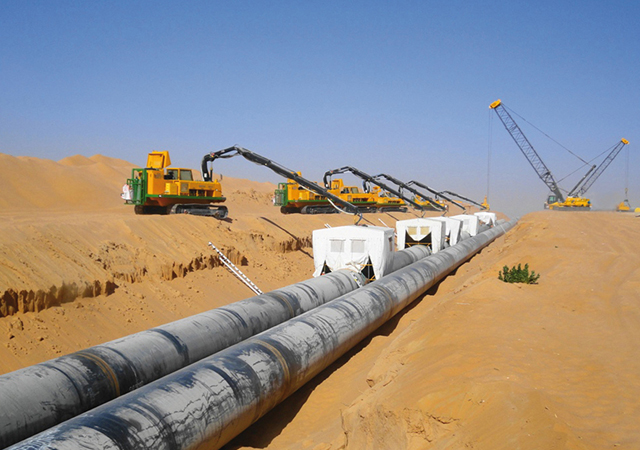





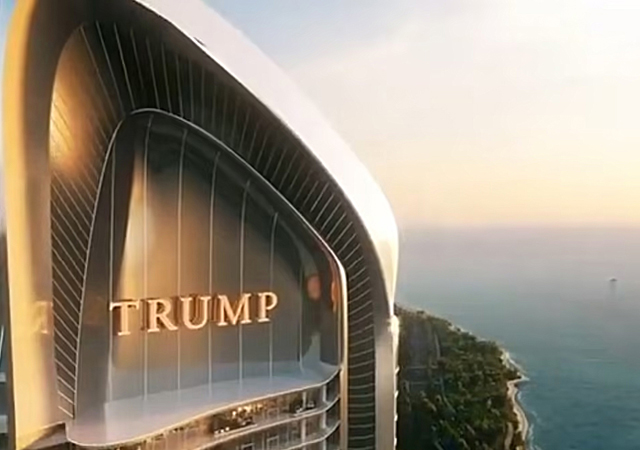

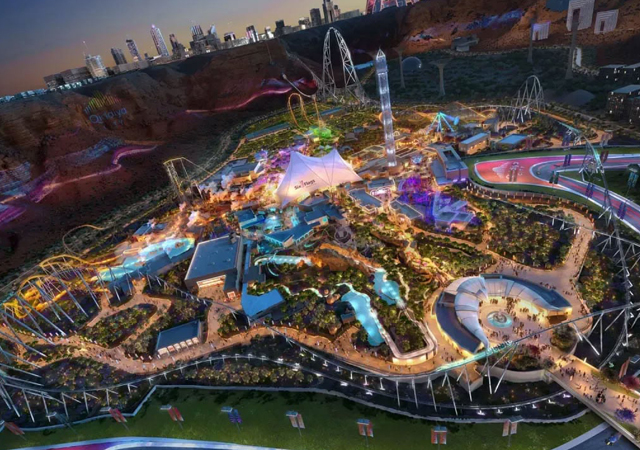













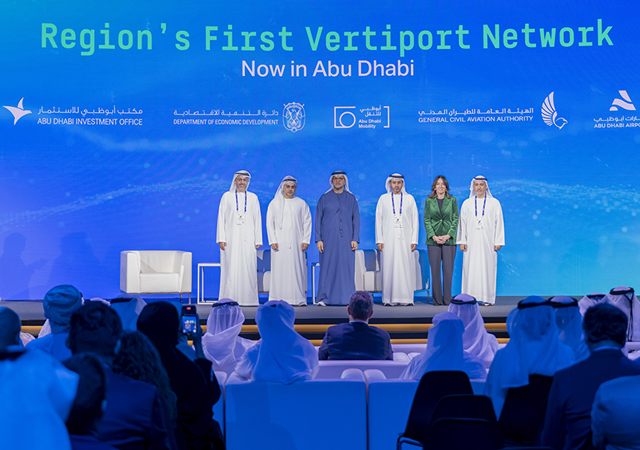



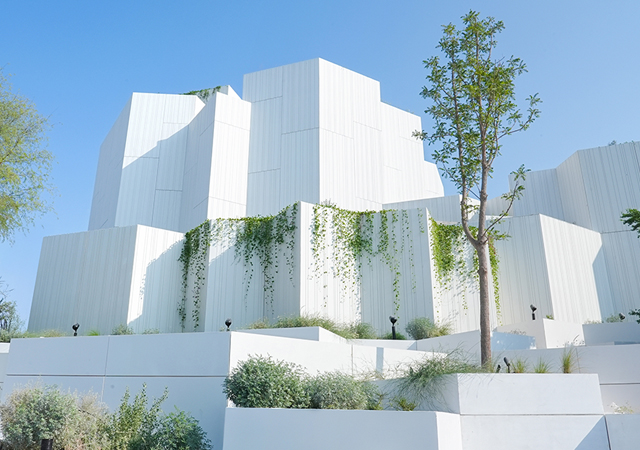
























.jpg)